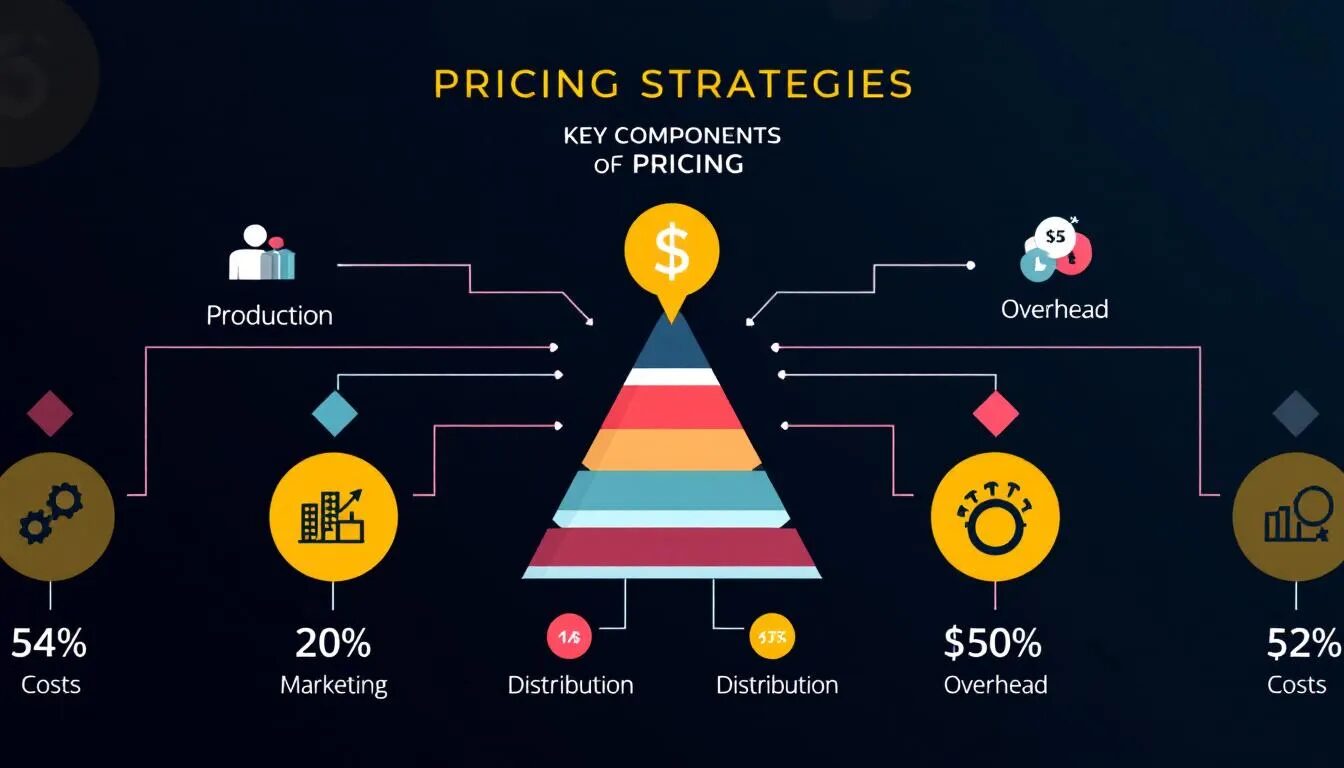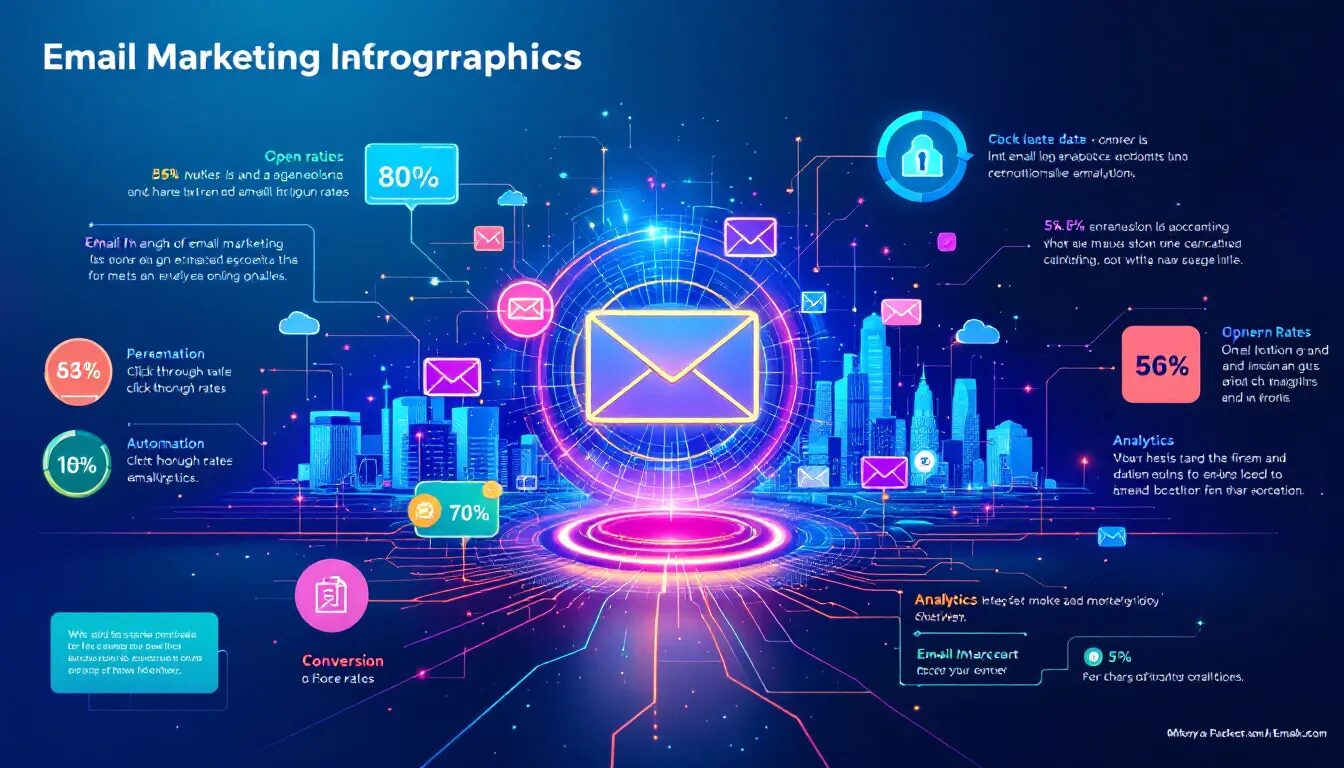
Is Email Marketing Still Relevant?
In the fast-paced world of digital marketing, new strategies and channels seem to emerge every day. With the rise of social media, content marketing, and influencer partnerships, some marketers may question the relevance of more traditional methods. One such method that has been around for quite some time is email marketing. But is email marketing still relevant in today’s landscape? Let’s dive in and explore.
Understanding the Concept of Email Marketing
Email marketing is a powerful tool utilized by businesses to communicate with their audience through email. It involves sending commercial messages, engaging newsletters, and promotional content directly to a subscriber’s inbox. Marketers can leverage this channel to reach out to potential customers, nurture leads, and cultivate lasting relationships.
Email marketing has become an essential aspect of digital marketing strategies. With the rise of technology and the internet, businesses have recognized the potential of email as a direct and personalized communication channel. By harnessing the power of email marketing, businesses can effectively engage with their target audience, deliver relevant information, and drive conversions.
The Basics of Email Marketing
At its core, email marketing revolves around building an extensive subscriber base and delivering personalized, valuable content to their inboxes. It involves creating compelling subject lines, designing visually appealing emails, segmenting audiences, and analyzing campaign performance. Successful email marketing strategies are built on a foundation of effective list building, engaging content, and continuous optimization.
Building an email list is crucial for the success of any email marketing campaign. Businesses employ various tactics to attract subscribers, such as offering exclusive content, discounts, or free resources in exchange for email addresses. Once the list is established, marketers can segment their audience based on demographics, interests, or past interactions to tailor their email content accordingly.
Designing visually appealing emails is another critical aspect of email marketing. Marketers use eye-catching templates, images, and graphics to create visually appealing emails that capture the attention of subscribers. Additionally, they carefully craft the email copy to convey the intended message concisely and persuasively.
Segmenting the audience allows marketers to deliver highly targeted content to specific groups of subscribers. By understanding the unique needs and preferences of different segments, businesses can personalize their emails to increase engagement and conversion rates. Personalization can include addressing subscribers by their names, recommending products based on their past purchases, or tailoring content to their specific interests.
Analyzing campaign performance is essential to measure the effectiveness of email marketing efforts. Marketers use various metrics such as open rates, click-through rates, conversion rates, and unsubscribe rates to evaluate the success of their campaigns. By analyzing these metrics, businesses can identify areas for improvement and make data-driven decisions to optimize their email marketing strategies.
The Evolution of Email Marketing
Email marketing has come a long way since its inception. Gone are the days of plain text emails with generic messaging. Today, marketers have access to powerful email marketing platforms that offer sophisticated features like automation, personalization, and dynamic content. These advancements have revolutionized the way businesses connect with their audience.
Automation has been a game-changer in email marketing. Businesses can now set up automated email sequences that are triggered by specific actions or events, such as a subscriber joining a mailing list or making a purchase. This allows marketers to deliver timely and relevant content to subscribers without manual intervention, saving time and effort while maintaining consistent communication.
Personalization has become a key component of successful email marketing campaigns. With advanced email marketing platforms, businesses can dynamically insert personalized content into emails based on subscriber data. This personal touch enhances the subscriber experience, making them feel valued and increasing the chances of engagement and conversion.
Dynamic content takes personalization to the next level. Marketers can create emails with content blocks that change based on the recipient’s preferences, behavior, or location. For example, an online retailer can showcase different products to subscribers based on their past purchases or browsing history. This level of customization enhances the relevance of the email content and increases the likelihood of conversion.
Furthermore, email marketing platforms provide robust analytics and reporting capabilities. Marketers can track and measure various metrics in real-time, gaining valuable insights into the performance of their campaigns. This data-driven approach allows businesses to make informed decisions, optimize their email marketing strategies, and achieve better results.
In conclusion, email marketing is a dynamic and ever-evolving strategy that businesses use to engage with their audience, nurture leads, and drive conversions. By understanding the basics of email marketing, leveraging advanced features, and adapting to the changing landscape, businesses can harness the full potential of this powerful marketing channel.
The Current State of Email Marketing
Email marketing continues to thrive in today’s digital ecosystem. Let’s take a closer look at this powerful marketing strategy, exploring some compelling statistics and emerging trends that highlight its relevance and effectiveness.
Email Marketing Statistics
When it comes to return on investment (ROI), email marketing stands out as a highly cost-effective strategy. In fact, studies have shown that email marketing has an average ROI of 3800%. This means that for every dollar spent on email marketing, businesses can expect an average return of $38.
Furthermore, marketing emails have a significant impact on consumers’ purchase decisions. In a recent survey, 59% of respondents stated that marketing emails influence their buying choices. This highlights the power of email marketing in capturing the attention and interest of potential customers.
Looking ahead, the future of email marketing appears promising. According to Statista, the number of email users worldwide is expected to reach 4.6 billion by 2025. This exponential growth in email users presents a vast potential audience for businesses to engage with through their email marketing campaigns.
Trends in Email Marketing
As technology advances and consumer preferences evolve, email marketing strategies must adapt to stay relevant and effective. Here are some emerging trends that are shaping the landscape of email marketing:
- Mobile optimization: With the increasing use of smartphones, optimizing emails for mobile devices has become crucial. Mobile-friendly designs and responsive layouts ensure that emails are easily accessible and visually appealing on smaller screens.
- Interactive content: To captivate subscribers and encourage active engagement, email marketers are incorporating interactive elements into their campaigns. Quizzes, polls, and surveys are just a few examples of interactive content that can make emails more engaging and memorable.
- Hyper-personalization: In today’s era of personalized experiences, generic mass emails are no longer sufficient. Email marketers are leveraging data and automation to deliver highly targeted and personalized content to their subscribers. By tailoring emails based on user preferences, behavior, and demographics, businesses can create more meaningful connections with their audience.
These trends reflect the evolving nature of email marketing, emphasizing the importance of staying up-to-date with the latest strategies and techniques. By embracing these trends, businesses can enhance their email marketing efforts and achieve greater success in reaching and engaging their target audience.
The Pros and Cons of Email Marketing
Like any marketing strategy, email marketing has its advantages and disadvantages. Let’s examine both sides of the coin to help you make an informed decision:
Advantages of Email Marketing
- Direct reach: Emails land directly in subscribers’ inboxes, ensuring high visibility.
- Personalization: Tailoring content based on subscriber data fosters deeper connections.
- Automation: Automated workflows save time and allow for targeted, timely messaging.
Disadvantages of Email Marketing
- Deliverability challenges: Email deliverability can be impacted by various factors like spam filters and sender reputation.
- Overwhelming inbox: Increased competition makes it harder for emails to stand out from the crowd.
- Regulatory compliance: Adhering to data protection and email marketing regulations can be complex.
Comparing Email Marketing with Other Digital Marketing Strategies
While email marketing holds its ground, it’s worthwhile to compare it with other popular digital marketing strategies:
Email Marketing vs Social Media Marketing
Social media marketing allows businesses to engage with their audience on popular platforms like Facebook, Instagram, and Twitter. While social media provides a more immediate and interactive connection, email marketing offers a personalized and targeted approach. Combining both strategies can yield powerful results, allowing brands to maximize their reach and engagement.
Email Marketing vs Content Marketing
Content marketing involves creating and sharing valuable content to attract and retain customers. Email marketing can serve as a powerful distribution channel to deliver content directly to subscribers, nurturing relationships and driving traffic to valuable resources. By integrating email marketing and content marketing efforts, brands can amplify their reach and engagement.
The Future of Email Marketing
As technology continues to evolve, email marketing will undoubtedly undergo further transformations. Here are some predicted changes:
Predicted Changes in Email Marketing
Artificial Intelligence (AI) and machine learning will play an increasingly significant role in email marketing, enabling hyper-personalization, predictive analytics, and automated optimization. Additionally, enhanced data privacy regulations will drive marketers to focus on permission-based marketing and building trust with their subscribers.
How to Stay Relevant in Email Marketing
To ensure you stay at the forefront of email marketing, it’s essential to embrace emerging trends, stay informed about changing regulations, and consistently analyze and refine your email campaigns. Invest in capturing high-quality data, experiment with personalized content, and leverage automation to deliver the right message at the right time.
In conclusion, email marketing remains a relevant and valuable strategy for businesses striving to connect with their audience in a meaningful way. By understanding the core principles, embracing innovative trends, and staying ahead of the curve, email marketers can continue to leverage the power of this digital channel to drive conversions, build brand loyalty, and achieve lasting success.
If you want to learn more about marketing, check out the rest of our blog. If you’re ready to start making content, sign up for a free trial to get the tools you need to make great marketing campaigns!
© 2023, VerticalResponse. All rights reserved.



